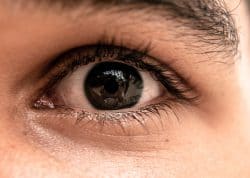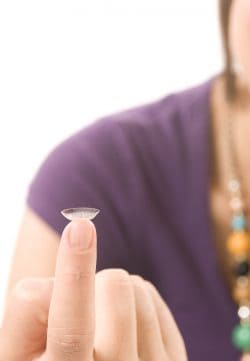Having vision problems such as blurry vision and headaches?
Let’s look at one of the group of eye diseases known as glaucoma.
Glaucoma is a complicated disease in which damage to the optic nerve results in vision loss.
While there are several forms of glaucoma there are two main forms that doctors see most frequently – open-angle glaucoma (POAG) and angle-closure glaucoma (ACG). Despite being grouped together under the disorder glaucoma, these two disorders have completely different symptoms.
Symptoms of Glaucoma
There are many signs and symptoms of glaucoma you can look out for. If you’re looking more into the symptoms, check out these two types of glaucoma and see if your symptoms match.
Primary Open-Angle Glaucoma
Signs and symptoms of Primary open-angle glaucoma include: gradual loss of peripheral vision, usually in both eyes and tunnel vision in the advanced stages. Unfortunately, there are typically no early warning signs or symptoms of open-angle glaucoma. It develops slowly and sometimes without noticeable sight loss for many years. By the time a patient is aware of vision loss, the disease is usually quite advanced. This makes regular eye doctor appointments critical to diagnosing glaucoma.
Acute Angle-Closure Glaucoma
Signs and symptoms of acute angle-closure glaucoma include: Eye pain, Nausea and vomiting (accompanying the severe eye pain), Sudden onset of visual disturbance, often in low light, Blurred vision, Halos around lights, and Reddening of the eye. In contrast with open-angle glaucoma, symptoms of acute angle-closure glaucoma are very noticeable and damage occurs quickly. If you experience any of these symptoms, seek immediate care from an ophthalmologist.
If your doctor diagnosed you or a family member with glaucoma, it is important to set a regular schedule of examinations in order to monitor your condition and make sure that your prescribed treatment is effectively maintaining a safe eye pressure. If you have questions about your eye health or your current symptoms, reach out to our office and schedule an appointment.






